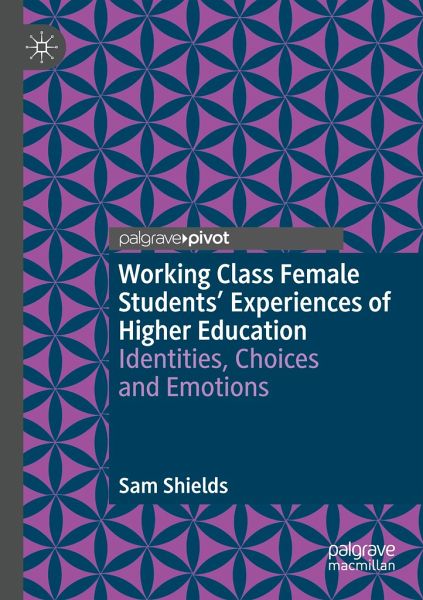
Working Class Female Students' Experiences of Higher Education
Identities, Choices and Emotions
Versandkostenfrei!
Versandfertig in 6-10 Tagen
38,99 €
inkl. MwSt.
Weitere Ausgaben:

PAYBACK Punkte
19 °P sammeln!
This book explores the experiences of working-class women undergraduates at three universities in the North of England. The author examines the women's identities, choices and emotions in relation to higher education; and how they reframe their constrained university choices to maximise their chances of academic success. Highlighting differences in working-class women's learner identities, caring commitments and quests for upwards social mobility, the book offers an understanding of working-class female student journeys and their mixture of compromise, uncertainty and hope. It will be of inter...
This book explores the experiences of working-class women undergraduates at three universities in the North of England. The author examines the women's identities, choices and emotions in relation to higher education; and how they reframe their constrained university choices to maximise their chances of academic success. Highlighting differences in working-class women's learner identities, caring commitments and quests for upwards social mobility, the book offers an understanding of working-class female student journeys and their mixture of compromise, uncertainty and hope. It will be of interest and value to scholars of working-class women students, widening participation, and sociologists of education.












